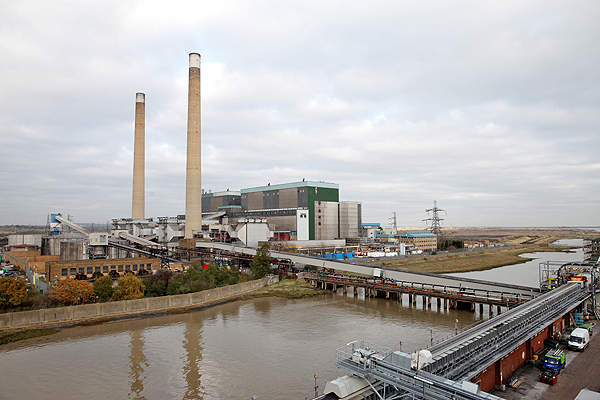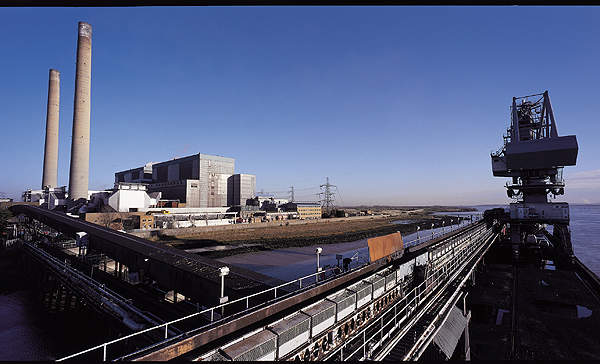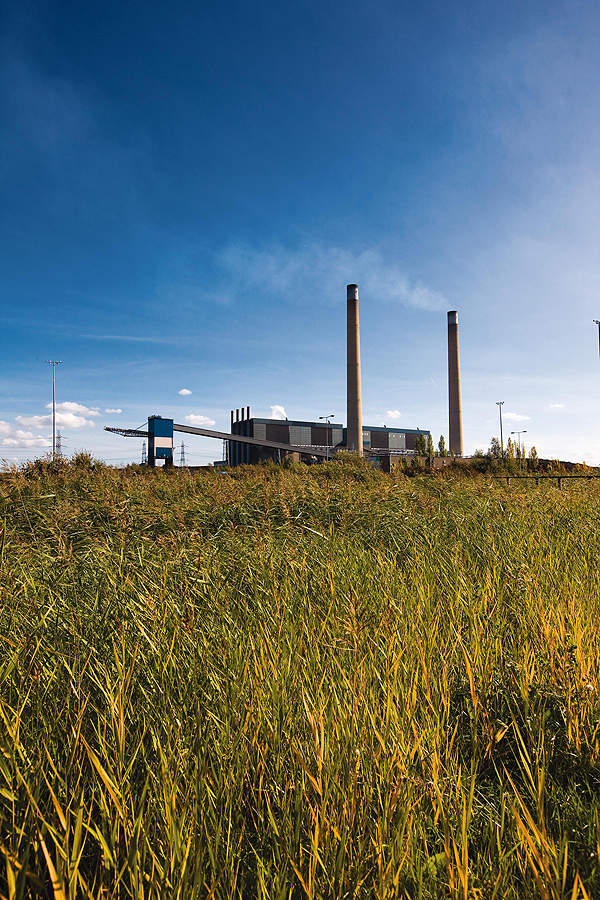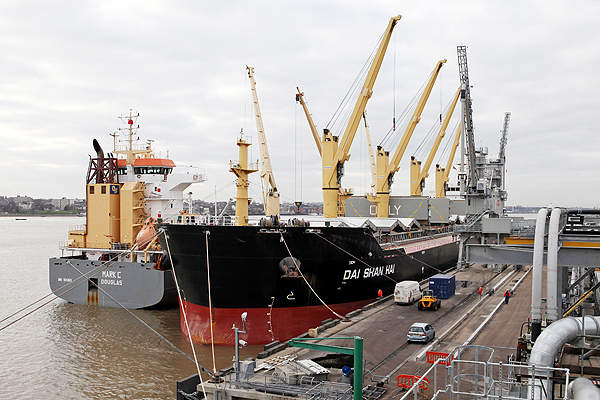Tilbury Power Station is situated in Essex on the banks of the River Thames, about 25m east of London, UK. Integrated energy company RWE npower is the owner and operator of the Tilbury B Power Station, which began its operations in 1969.
The oil-fired 360MW Tilbury A was operational at the site from 1956 to 1981. Plant B is located on a 139ha site owned by RWE.
The 1,062MW coal-fired power plant was converted to a 750MW wood pallet-fired power station, the largest biomass-fired power station in the UK, in 2011. The project was started in March and was completed in December that year. Operations at the plant began in January 2012.
The electricity produced is sufficient to power about 1.5 million houses.
Under the large combustion plant directive (LCPD), the Tilbury B power station is scheduled to be decommissioned by the end of 2015 or after completion of the permitted 20,000 hours between 2008 and 2015. It has 8,000 hours remaining and can burn about 2.3mt of wood pallet until then.
The power station is expected to be replaced by a proposed 2000MW CCGT and 400MW open cycle gas turbine Tilbury C plant.
Converting a coal-fired power plant to biomass-fired facility
Trials were conducted on the power plant using biomass fuel in September 2010. Decision to convert the coal units to biomass units was taken in November 2010.
The coal-to-biomass conversion project tests and verifies the profitability of the facility, fuel supply routes and unloading technologies, storage, mitigation of dust and management of ash.
The project included modifications to the mills, feeders, bunkers and classifiers. The grinder has been modified to chip and splinter the wood pallets rather than powder like coal. The existing coal burners were modified to enhance the wood pallet combustion and flame stability.
Around 230 workers are employed at the power station site in the control rooms, engineering plants and material handling.
Tilbury B station details and units
Tilbury B operates three 350MW generating units – unit eight, using the south chimney, and units nine and ten with the north chimney. The site consists of a turbine hall, two 62m high boiler houses, storage tanks, two 171m tall chimney stacks and an administration building.
Two dust-suppressing vacuum unloaders, dust silos and an elutriator or air classifier have been added for fuel handling during the conversion phase. The existing open cycle gas turbines, auxiliary boilers and conveyor system have been modified.
RWE npower was the prime contractor and engineer of the project. Mechanical plant and dust handling systems were provided by Fairport, while Vigan Engineering supplied two new ship vacuum unloaders, the elutriator and pneumatically conveyor pipeline, and Doosan Babcock modified the combustion systems.
Water from the Thames is used for cooling.
Feedstock used at the Essex-based plant and transmission of power
The plant uses 100% sustainably sourced debarked softwood pallets and tall oil. The 750,000t/y RWE pelleting plant in Georgia and sustainably sourced wood from forest lands in British Columbia, Canada, will meet about 90% of the wood pallets demand, while the remaining is sourced from Europe.
RWE npower uses its own jetty on the river to transport feedstock. It is expected to save an estimated $47m a year in fuel freight costs.
The site is connected to the national grid electricity transmission system with a 132kV overhead line and two associated pylons. They are connected to the EDF substation on the site.
Fire accident at the Tilbury power facility
In February 2012, a major fire broke out at two wood pallet storage hoppers. The fuel in the bunkers of units nine and ten was estimated to be about 4,000t to 6,000t. The power generation units were shut down and are expected to be restarted in July 2012. A full internal investigation is now underway to determine the cause of the incident.
Role of RWE npower’s Tilbury station in mitigating GHG emissions
The EU has mandated that generation of 15% of the energy demand in the UK is from renewable sources by 2020.
About two-thirds of the existing coal-fired power plants will become obsolete by then. Tilbury power station is expected to meet 10% of the total renewable output in 2012, as part of the climate change targets set by the UK.
Usage of biomass reduced the power generation capacity of the station by 30%, due to lower bulk density and calorific value of biomass against coal. The thermal efficiency was decreased from 37% to 35.3%.
When compared to coal fuel, burning of biomass is estimated to reduce carbon dioxide emissions from 0.81mt/TWh to about 0.18mt/TWh (78-87%).
NOx emissions are expected to decrease from 480 mg/m3 to 220 mg/m3 (50%), SOx to reduce from 800 mg/m3 to 200 mg/m3 (75%) and ash by 85% – 40,000t /TWh to 4000t /TWh.
The plant is expected to receive funds from Renewable Obligation Certificate for using biomass for renewable energy generation.







